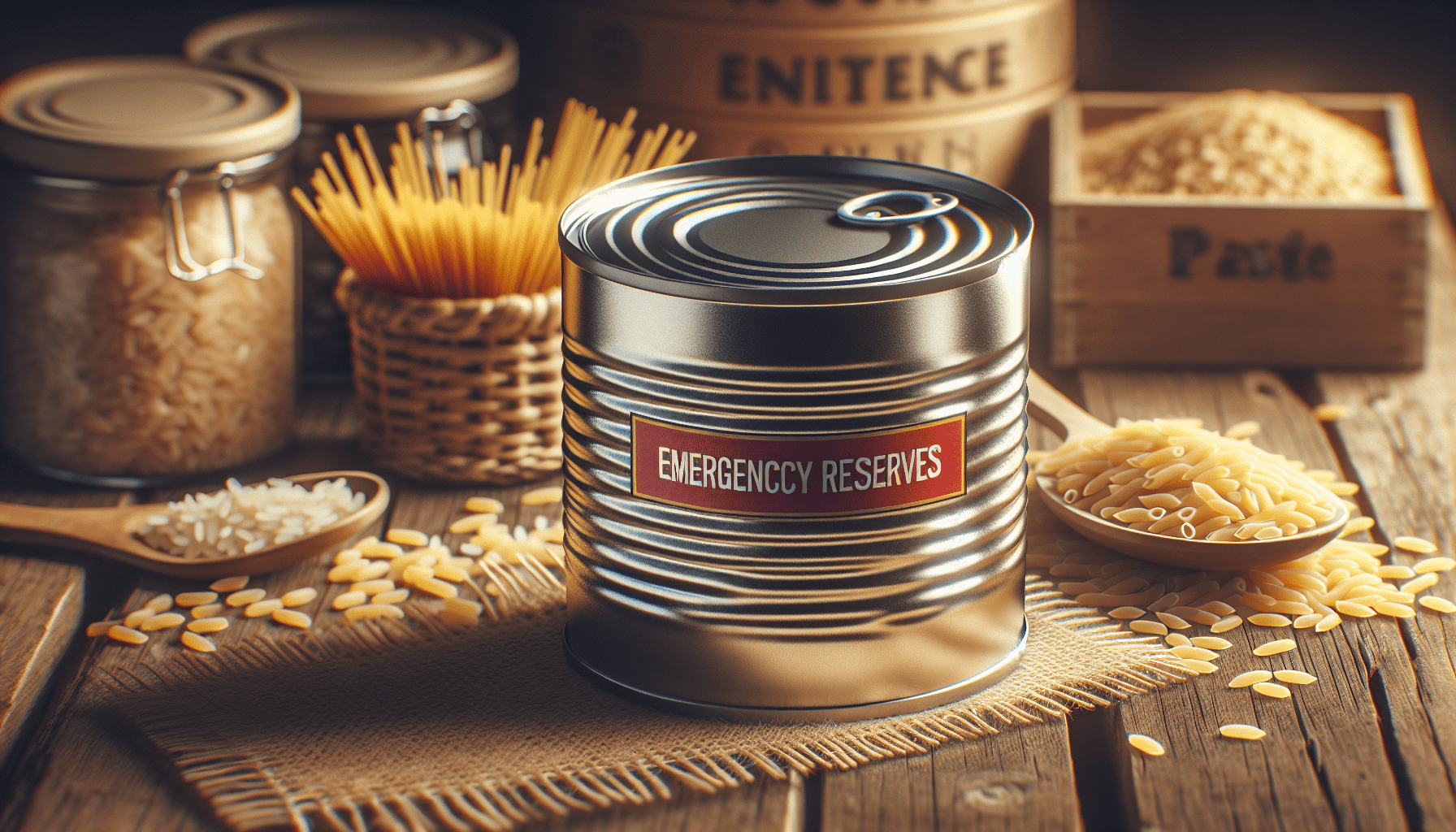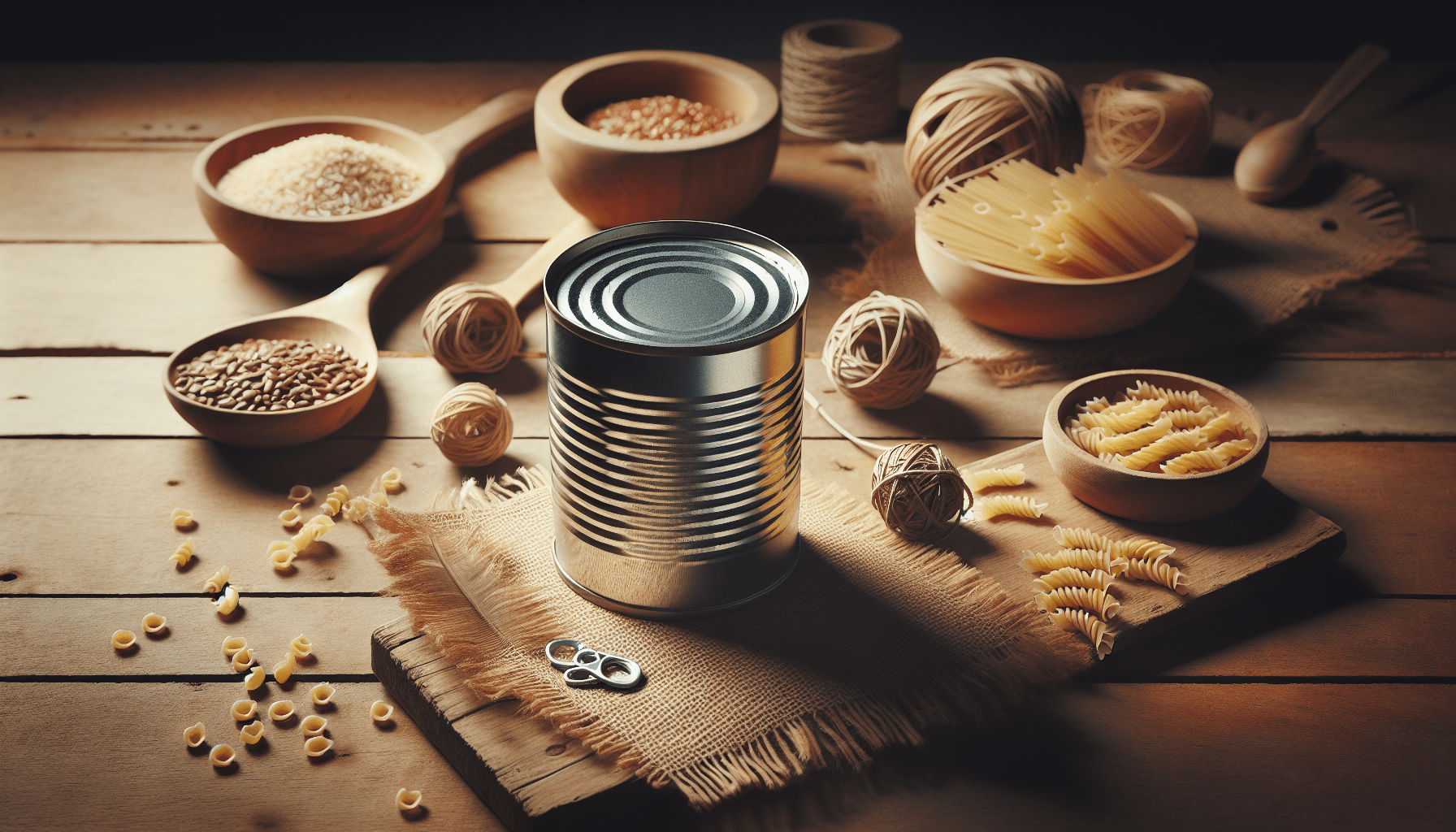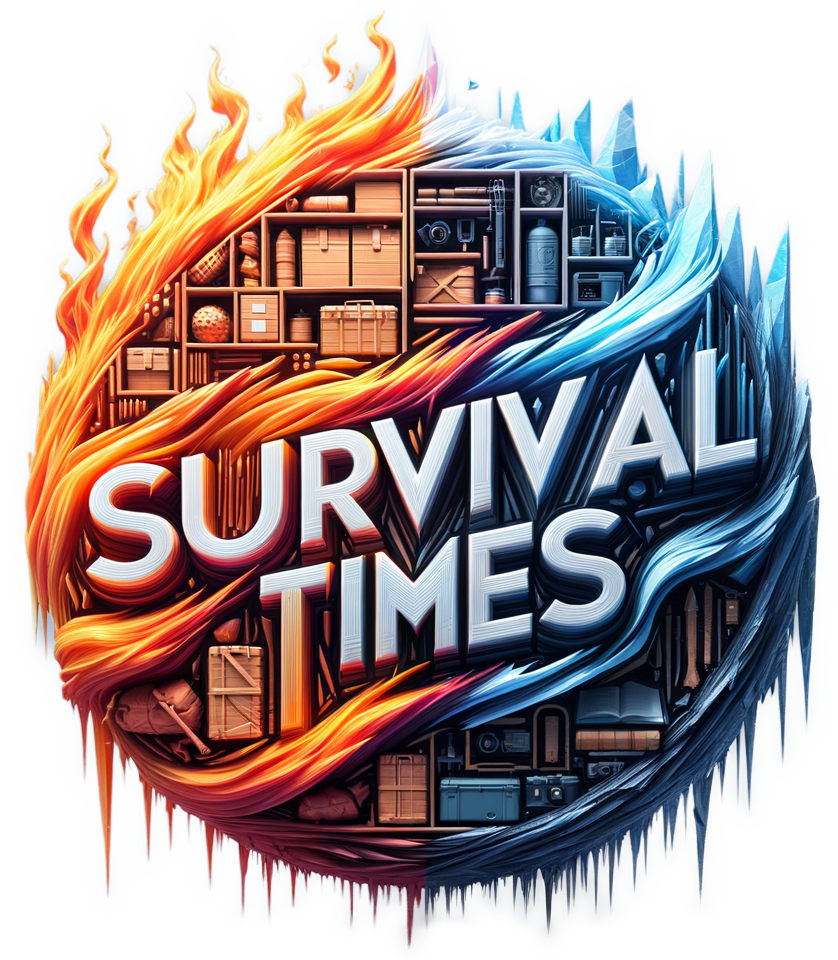Have you ever thought about the mistakes people commonly make when preparing their emergency food supplies? It’s easy to overlook certain essentials or make decisions that might not be optimal for true emergencies. Understanding these mistakes is crucial, as having a well-prepared emergency food supply can make a critical difference in unexpected situations. Let’s explore some common emergency food mistakes people often make and how you can avoid them.
Underestimating Caloric Needs
One of the biggest mistakes you might make is not accounting for your daily caloric needs. In stressful situations, your body requires extra energy, so ensuring you have enough calorie-rich foods is essential.
Calculating Your Needs
Before you stock up, consider the caloric intake each person in your household requires. For example, an average adult needs about 2,000 to 2,500 calories per day. However, during an emergency, you might need more because stress can burn more calories. Consider this when building your food supply.
Balancing Nutrition and Calories
While calories are vital, the type of calories consumed is also important. Don’t fill your pantry with junk foods that offer little nutritional value. Aim for a balance of carbohydrates, proteins, and fats. Foods such as canned beans, peanut butter, and whole grain cereals are good options.
Limited Variety
Another common mistake is lacking variety in your food stash. Eating the same meals daily can lead to “food fatigue,” decreasing morale and willingness to eat, especially in children.
Diversifying Your Menu
Include different types of food that can be prepared in various ways. This could mean stocking up on canned vegetables, proteins, grains, and ready-to-eat meals.
Including Comfort Foods
Don’t forget to add some comfort foods you and your family enjoy. It can be a morale booster during difficult times. A box of your children’s favorite cookies or a stash of your favorite chocolate bars can lift spirits when needed.

Overlooking Special Dietary Needs
Ignoring the specific dietary requirements of household members can have serious consequences.
Catering to Allergies and Intolerances
Ensure that your food supply caters to any allergies or intolerances. Misjudging this could lead to health issues at a time when you most need to be healthy.
Considering Long-term Health Needs
If anyone in your home has conditions requiring specific dietary components, such as low-sodium or gluten-free diets, take this into account during your planning phase.
Neglecting Water Supply
Often, the necessity of water is underestimated. While it’s easy to focus on food, having an adequate water supply is equally important. You can survive longer without food than without water.
Storing Enough Water
Estimate one gallon per person per day for drinking and sanitation. Have at least a two-week supply on hand. Water purification tablets or filters are also practical additions to your emergency supplies.
Understanding Water Sources
Identify natural water sources near you if your primary supply runs out. Knowing how to purify water from these sources safely is crucial.

Poor Storage Environment
Where and how you store your emergency food significantly affects its longevity and quality.
Choosing the Right Location
Store your food in a cool, dry, and dark place. Light and heat can degrade packaged food, reducing shelf life.
Rotating Your Stock
An effective approach to food storage is the “first in, first out” method. Regularly consuming and replacing food helps ensure you have fresh supplies when needed.
Ignoring Expiration Dates
Overlooking expiration dates can lead to wasted resources and potentially hazardous situations.
Tracking Expiry Dates
Keep a record of expiry dates, and regularly check your stocks to ensure nothing has passed its peak consumption date. Digital apps can help track and alert you to upcoming expirations.
Understanding Shelf Life
Know the difference between ‘best by’ and ‘expiration’ dates. Many foods are safe to eat beyond their ‘best by’ date but may lose some flavor or nutritional value.

Inadequate Preparation and Cooking Supplies
Remember that some foods in your emergency kit may require preparation. You must have the necessary tools and fuels to cook these items.
Stocking Appropriate Tools
Consider a portable stove or camping cooker, along with matches or a lighter. Ensure you have sufficient fuel to use them as needed and safe storage options.
Learning Basic Cooking Skills
Being able to prepare meals with limited resources and facilities is a valuable skill. Practice cooking some emergency meals so you know what to expect in a real emergency.
Failing to Include Instant Foods
In an emergency, you might not have the luxury of cooking. Instant foods require no or minimal preparation, making them an invaluable resource.
Ready-to-Eat Foods
Include canned soups, stews, and meals that don’t need cooking, along with snacks like nuts and dried fruits.
Considering Meal Replacement Solutions
Emergency meal bars or shakes provide balanced nutrition in a compact form, ideal if you’re short on preparation time.

Not Accounting for Power Outages
You might rely on electricity more than you realize. Planned emergency food storage can become useless if it requires power for preservation or cooking, and you experience a prolonged power outage.
Choosing Non-Perishable Foods
Focus on foods that don’t require refrigeration. These include canned goods, dried foods, and vacuum-sealed items.
Planning Alternatives for Power-Dependent Foods
Understand what, if anything, might survive in your freezer or fridge during an outage and have ways to cook or warm food without electricity.
Neglecting Constant Review and Update
Your emergency food needs and supplies can change over time. Continually reviewing and updating your stash is a proactive step.
Scheduling Regular Inventory Reviews
Periodically go through your supply, ensuring all items are in good condition and still meet your family’s needs.
Adapting to Changing Needs
If your family’s tastes change or you acquire additional members, adjust your supplies accordingly. New dietary restrictions should also be accounted for.

Conclusion
Building a reliable emergency food supply is not something you do once and forget about. It involves ongoing planning, review, and adaptation to ensure you’re truly prepared for emergencies. Avoiding these common mistakes can mean the difference between merely surviving and thriving in challenging situations. Take the time to personalize your emergency food kit today to help ensure your family remains safe and well-fed when the unexpected occurs.

